Home>Gardening & Outdoor>Landscaping Ideas>What Type Of Grass Grows Well In Shaded Areas
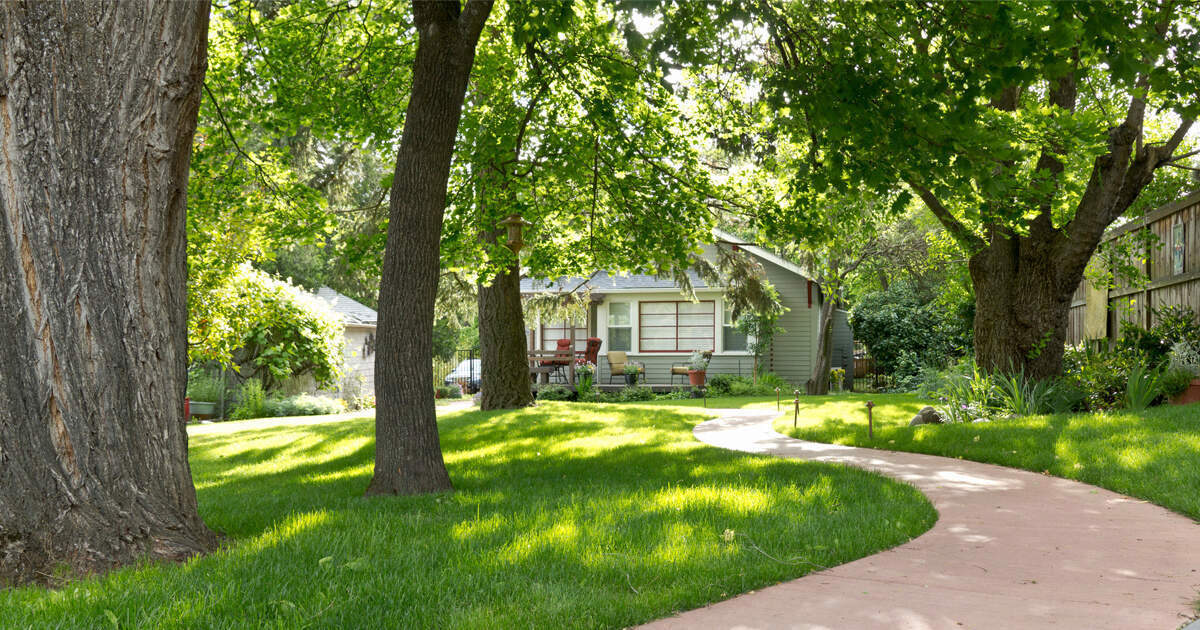

Landscaping Ideas
What Type Of Grass Grows Well In Shaded Areas
Published: January 28, 2024
Discover the best landscaping ideas for shaded areas with our guide on the types of grass that thrive in low-light conditions. Create a lush and vibrant lawn with our expert tips and recommendations.
(Many of the links in this article redirect to a specific reviewed product. Your purchase of these products through affiliate links helps to generate commission for Storables.com, at no extra cost. Learn more)
Introduction
Welcome to the world of landscaping, where the beauty of nature meets the creativity of human design. The allure of a well-maintained lawn is undeniable, but achieving that verdant carpet of grass can be a challenge, especially in shaded areas. However, with the right knowledge and approach, you can transform even the shadiest spots into lush, inviting spaces.
In this article, we’ll delve into the fascinating realm of shade-tolerant grass and explore the types of grass that thrive in shaded areas. Whether you’re a homeowner looking to revitalize a dimly lit backyard or a landscaping enthusiast seeking to enhance the appeal of shaded outdoor spaces, understanding the nuances of shade-tolerant grass is essential.
From understanding the unique characteristics of shaded areas to discovering the best practices for nurturing grass in such environments, we’ll embark on a journey that combines practical insights with the joy of cultivating natural beauty. So, let’s roll up our sleeves, put on our gardening gloves, and delve into the world of shade-tolerant grass!
Key Takeaways:
- Shade-tolerant grass, like fine fescue and St. Augustine grass, thrives in low-light areas. Understanding soil, moisture, and grass types is key to transforming shaded spaces into lush, inviting landscapes.
- To grow a vibrant lawn in shaded areas, choose the right grass, optimize soil health, and maintain proper irrigation. By nurturing shade-tolerant grass, you can create captivating retreats in even the dimmest corners of outdoor spaces.
Read more: How To Grow Grass In Shaded Areas
Understanding Shaded Areas
Shaded areas in a landscape present a unique set of challenges and opportunities. These areas are characterized by limited exposure to direct sunlight, often due to the presence of buildings, trees, or other structures that obstruct the sun’s rays. As a result, the grass in shaded areas must contend with reduced light levels, which can impact its growth and overall health.
It’s important to recognize that not all shaded areas are created equal. Some may experience partial shade, where sunlight filters through intermittently, while others may be subject to deep shade, receiving minimal to no direct sunlight. Understanding the specific shade conditions of your landscape is crucial in determining the most suitable grass varieties for these areas.
Shaded areas also tend to have distinct moisture and airflow patterns. The reduced sunlight can lead to slower evaporation of moisture, potentially creating damper conditions that may affect the grass’s susceptibility to diseases such as mold and mildew. Additionally, limited airflow in shaded areas can contribute to higher humidity levels, further influencing the microclimate in which the grass grows.
Furthermore, shaded areas may have soil conditions that differ from those in sun-exposed areas. The presence of trees or shrubs in shaded locations can lead to increased competition for water and nutrients, impacting the soil composition and fertility. Understanding these nuances is essential in selecting the right grass species that can thrive in such environments.
By gaining a deeper understanding of shaded areas and their unique characteristics, you can make informed decisions when choosing and caring for shade-tolerant grass. In the next section, we’ll explore the key factors to consider when selecting grass varieties for shaded areas, shedding light on the path to a vibrant, flourishing lawn even in the shadiest of spots.
Factors to Consider for Shade-Tolerant Grass
When it comes to cultivating a thriving lawn in shaded areas, several crucial factors come into play. Understanding these considerations is essential for selecting the most suitable grass varieties and implementing effective care practices. Let’s explore the key factors that contribute to the success of shade-tolerant grass:
- Light Levels: Assess the specific light conditions in the shaded area, distinguishing between partial shade and deep shade. Different grass species exhibit varying tolerances to low light levels, making it important to match the grass type to the available light.
- Moisture and Drainage: Shaded areas may retain moisture for longer periods, potentially leading to waterlogged soil. It’s vital to select grass varieties that can thrive in such conditions while ensuring adequate drainage to prevent water stagnation.
- Soil Quality: Understand the composition and fertility of the soil in shaded areas. Factors such as nutrient availability, pH levels, and soil texture can influence the success of grass growth. Choosing shade-tolerant grass varieties that adapt well to the specific soil conditions is paramount.
- Competition from Trees and Shrubs: Consider the presence of nearby trees and shrubs that may compete with grass for water, nutrients, and sunlight. Selecting grass species that can withstand such competition is crucial for long-term success.
- Disease Resistance: Shaded areas can be more susceptible to certain diseases due to reduced airflow and higher moisture levels. Opt for grass varieties with robust disease resistance to mitigate these potential challenges.
- Traffic and Use: Evaluate the intended use of the shaded area, whether it’s a leisurely space or a frequently traversed path. Choose grass types that can withstand the expected level of foot traffic and activities in the area.
By carefully considering these factors, you can make informed decisions when selecting shade-tolerant grass varieties that are well-suited to the unique conditions of shaded areas. In the following section, we’ll delve into the diverse types of grass that thrive in shaded environments, offering insights into their characteristics and suitability for different shade levels.
Consider planting fine fescue or creeping red fescue in shaded areas. These grasses are shade-tolerant and will thrive in low-light conditions.
Types of Grass That Thrive in Shaded Areas
Choosing the right type of grass is pivotal for achieving a lush and resilient lawn in shaded areas. Several grass species have demonstrated exceptional adaptability to low-light conditions, making them ideal candidates for shaded environments. Let’s explore some of the top contenders in the realm of shade-tolerant grass:
- Fine Fescue: This versatile grass variety encompasses several species, including creeping red fescue, chewings fescue, and hard fescue. Fine fescue exhibits remarkable shade tolerance and thrives in cool, moist environments. It is well-suited for areas with partial to moderate shade.
- Creeping Bentgrass: Known for its fine texture and resilience in shaded settings, creeping bentgrass is an excellent choice for lawns that receive partial shade. It requires well-drained soil and is favored for its ability to form a dense, attractive turf.
- Zoysia Grass: While zoysia grass is renowned for its sun-loving qualities, certain cultivars, such as “Zeon” and “Palisades,” exhibit notable tolerance to light shade. This warm-season grass adapts well to varying light conditions and offers excellent resilience.
- St. Augustine Grass: With its broad, lush blades, St. Augustine grass is prized for its ability to thrive in both sun and shade. It is particularly well-suited for lawns in warm, coastal regions and exhibits impressive shade tolerance, making it a popular choice for shaded landscapes.
- Red Fescue: A fine-textured grass variety, red fescue excels in shaded areas and is often included in seed mixtures designed for shaded lawns. Its adaptability to low light levels and preference for cooler temperatures make it a valuable addition to shaded landscapes.
These grass species offer a diverse range of characteristics, from fine textures to robust shade tolerance, catering to different shade levels and environmental conditions. By selecting the most suitable grass type based on the specific shade conditions and other environmental factors, you can set the stage for a thriving, verdant lawn in shaded areas.
As we continue our exploration, we’ll uncover the best practices for nurturing and maintaining shade-tolerant grass, equipping you with the knowledge and strategies to foster a flourishing lawn in even the most challenging shaded environments.
Best Practices for Growing Grass in Shaded Areas
Cultivating a vibrant and resilient lawn in shaded areas requires a thoughtful approach and adherence to best practices tailored to the unique needs of shade-tolerant grass. By implementing the following strategies, you can maximize the health and beauty of your shaded lawn:
- Choose the Right Grass: Select shade-tolerant grass varieties that align with the specific light levels and environmental conditions of the shaded area. Consider factors such as moisture levels, soil quality, and the presence of competing vegetation when choosing the most suitable grass species.
- Optimize Soil Health: Conduct a soil test to assess the pH levels and nutrient content of the soil in shaded areas. Amend the soil as needed to ensure optimal fertility and pH balance, promoting healthy grass growth despite reduced sunlight.
- Implement Proper Irrigation: While shaded areas may experience reduced evaporation, it’s essential to provide consistent, deep watering to the grass. Avoid overwatering, which can lead to waterlogged conditions, and aim for a balanced moisture level that supports grass health without promoting fungal issues.
- Maintain Adequate Airflow: Prune trees and shrubs strategically to enhance airflow in shaded areas, reducing the risk of excessive humidity and associated lawn diseases. Proper ventilation can contribute to the overall health and vigor of shade-tolerant grass.
- Monitor and Control Shade: Regularly assess the shade patterns in the landscape and make adjustments as needed. Trimming back overhanging branches and strategically thinning foliage can optimize the available light for the grass, promoting more uniform growth and coverage.
- Utilize Proper Mowing Techniques: Adjust the mowing height to accommodate the reduced sunlight in shaded areas. Taller grass blades can capture available light more effectively and support photosynthesis, contributing to the grass’s vitality and resilience in low-light conditions.
- Apply Adequate Fertilization: Supplement the soil with appropriate fertilizers to provide essential nutrients for shade-tolerant grass. Choose fertilizers specifically formulated for shaded lawns, taking into account the unique requirements of grass growing in reduced light.
- Monitor and Address Pest and Disease Issues: Keep a vigilant eye on the shaded lawn for signs of pests and diseases, which can proliferate in low-light environments. Implement preventive measures and prompt treatments to safeguard the grass from potential threats.
By incorporating these best practices into your lawn care regimen, you can nurture thriving grass in shaded areas, transforming dimly lit spaces into captivating, inviting landscapes. With a combination of thoughtful selection, attentive maintenance, and strategic interventions, your shaded lawn can flourish and become a testament to the resilience and beauty of shade-tolerant grass.
As we conclude our exploration, we’ll reflect on the significance of shade-tolerant grass and the transformative potential it holds for shaded landscapes, encapsulating the essence of natural beauty and sustainable landscaping.
Conclusion
In the realm of landscaping, shaded areas often present a canvas of untapped potential, waiting to be adorned with the verdant elegance of shade-tolerant grass. As we’ve journeyed through the nuances of shaded environments and the resilience of shade-tolerant grass varieties, we’ve uncovered the keys to cultivating thriving lawns in even the dimmest corners of outdoor spaces.
Understanding the unique characteristics of shaded areas, from light levels and moisture patterns to soil quality and potential competition from surrounding vegetation, is paramount in selecting the right grass varieties. By considering these factors and choosing from a diverse array of shade-tolerant grass species, homeowners and landscaping enthusiasts can breathe life into shaded landscapes, ushering in a new era of natural beauty and sustainable greenery.
Armed with the knowledge of best practices for nurturing grass in shaded areas, individuals can embark on a journey of transformation, turning shaded lawns into captivating retreats that exude tranquility and allure. From optimizing soil health and irrigation to managing shade patterns and airflow, the art of cultivating shade-tolerant grass is a testament to the harmonious coexistence of nature and human ingenuity.
As we bid farewell to this exploration of shade-tolerant grass, let us carry forward a renewed appreciation for the resilience and adaptability of nature’s green ambassadors. The lush tapestry of shade-tolerant grass not only enriches our outdoor spaces but also serves as a reminder of the enduring beauty that thrives in the most unexpected of places, beckoning us to embrace the potential of shaded landscapes with open arms.
May the insights shared in this journey inspire you to embark on your own odyssey of landscaping, where shaded areas are no longer overlooked but celebrated as havens for the majestic allure of shade-tolerant grass. As we part ways, let the spirit of natural beauty and sustainable landscaping continue to flourish, enriching our lives and surroundings with the timeless allure of greenery.
Frequently Asked Questions about What Type Of Grass Grows Well In Shaded Areas
Was this page helpful?
At Storables.com, we guarantee accurate and reliable information. Our content, validated by Expert Board Contributors, is crafted following stringent Editorial Policies. We're committed to providing you with well-researched, expert-backed insights for all your informational needs.
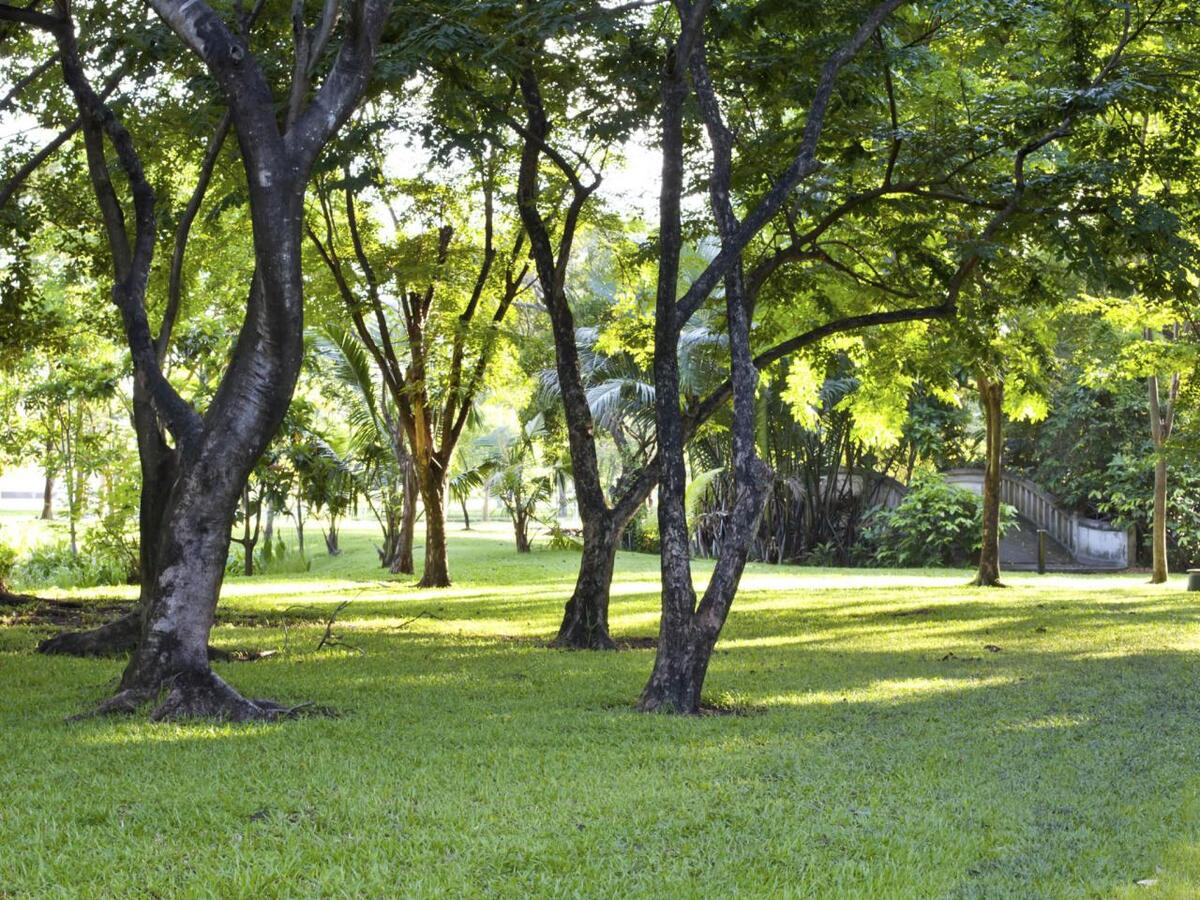
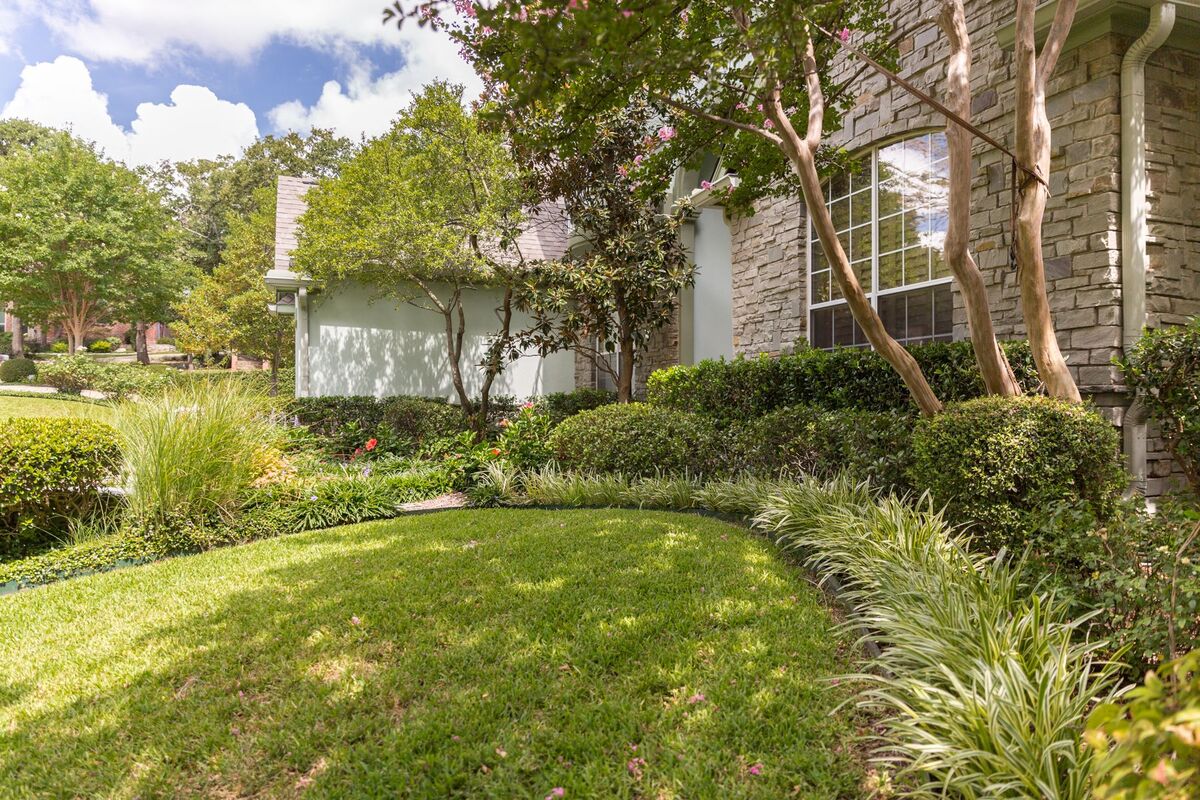
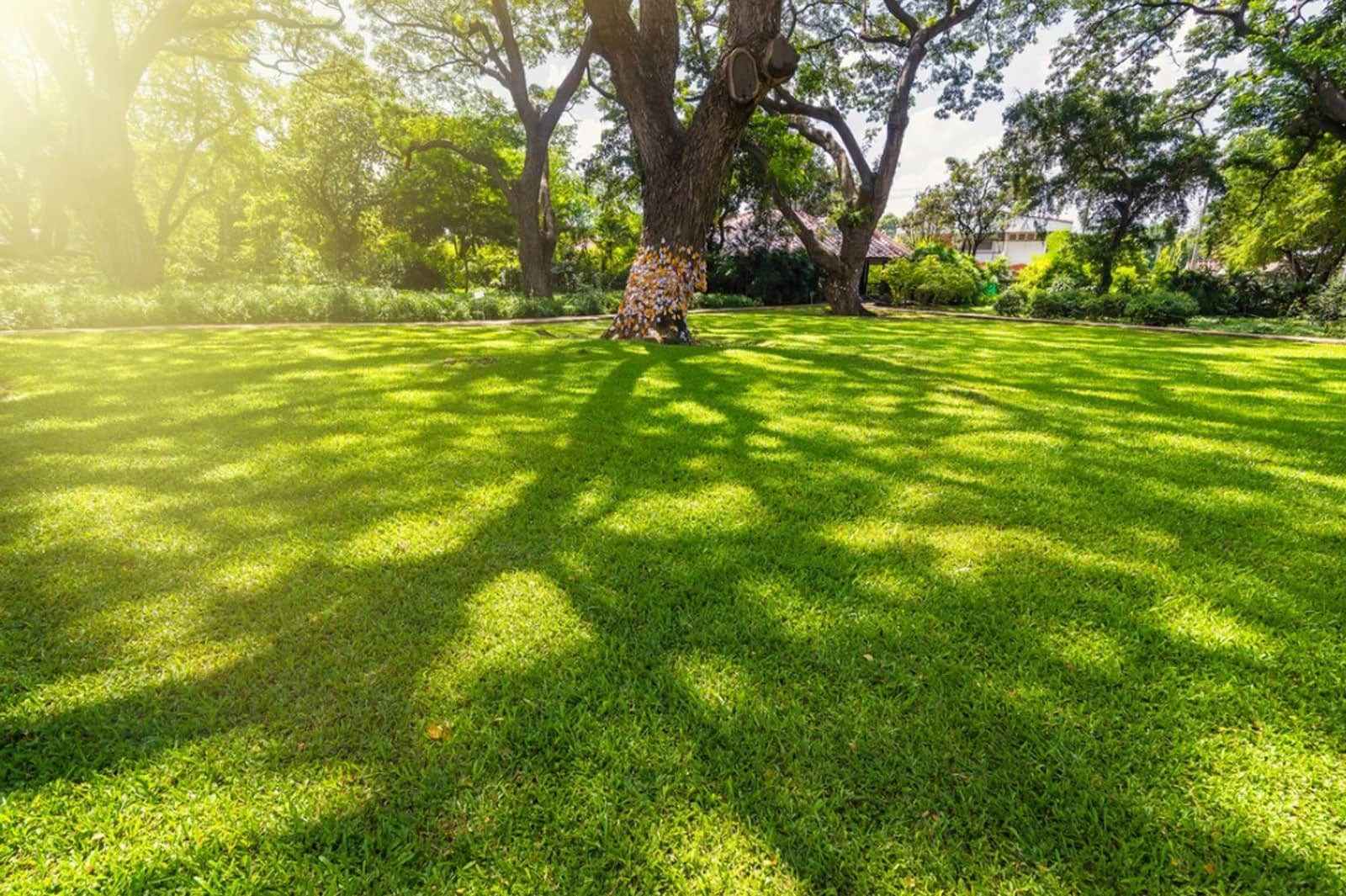
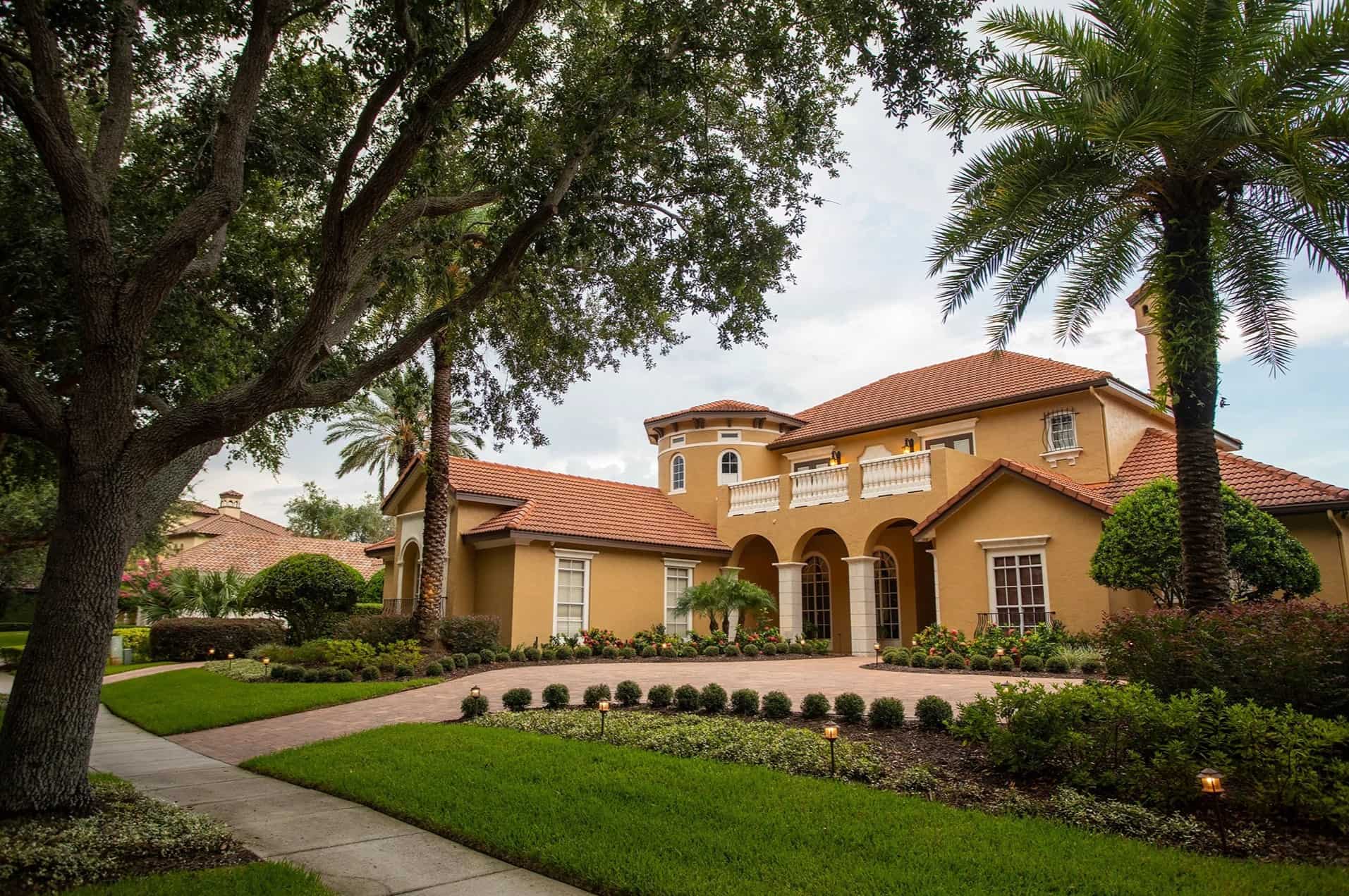
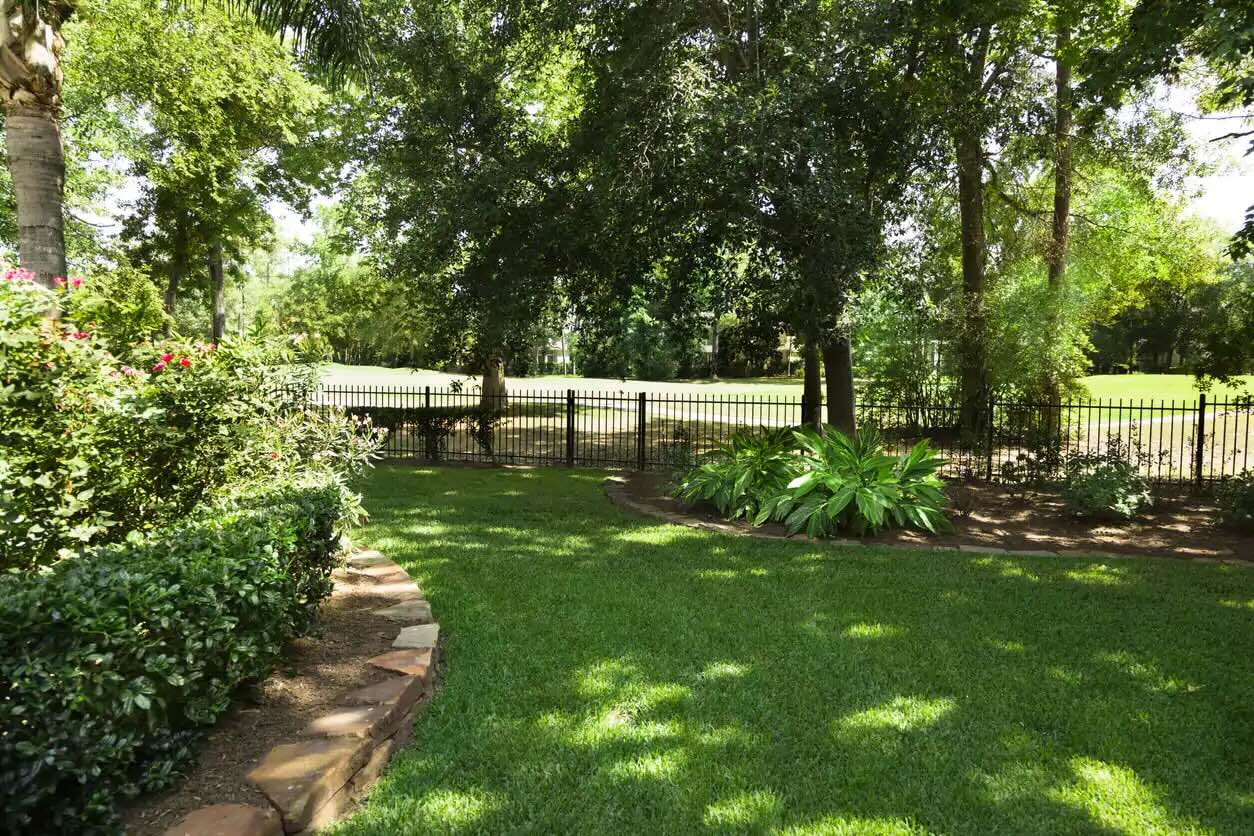
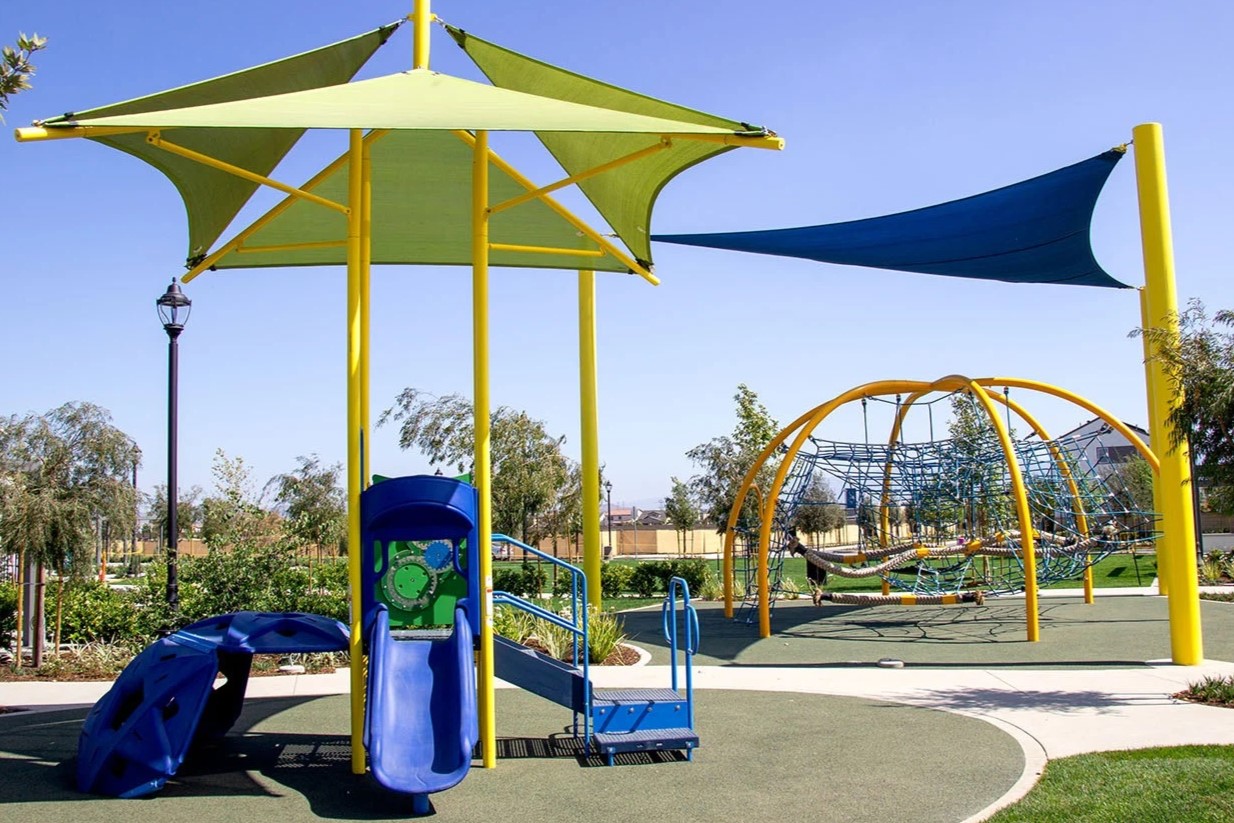
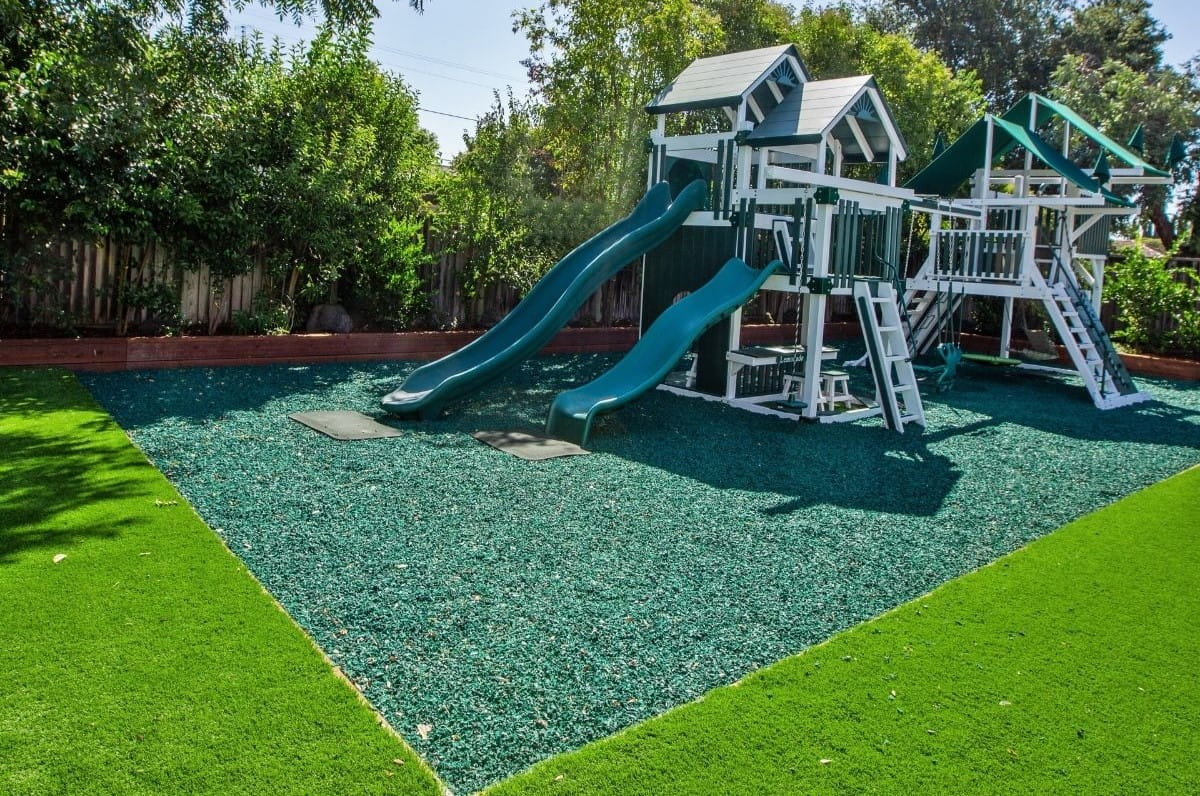
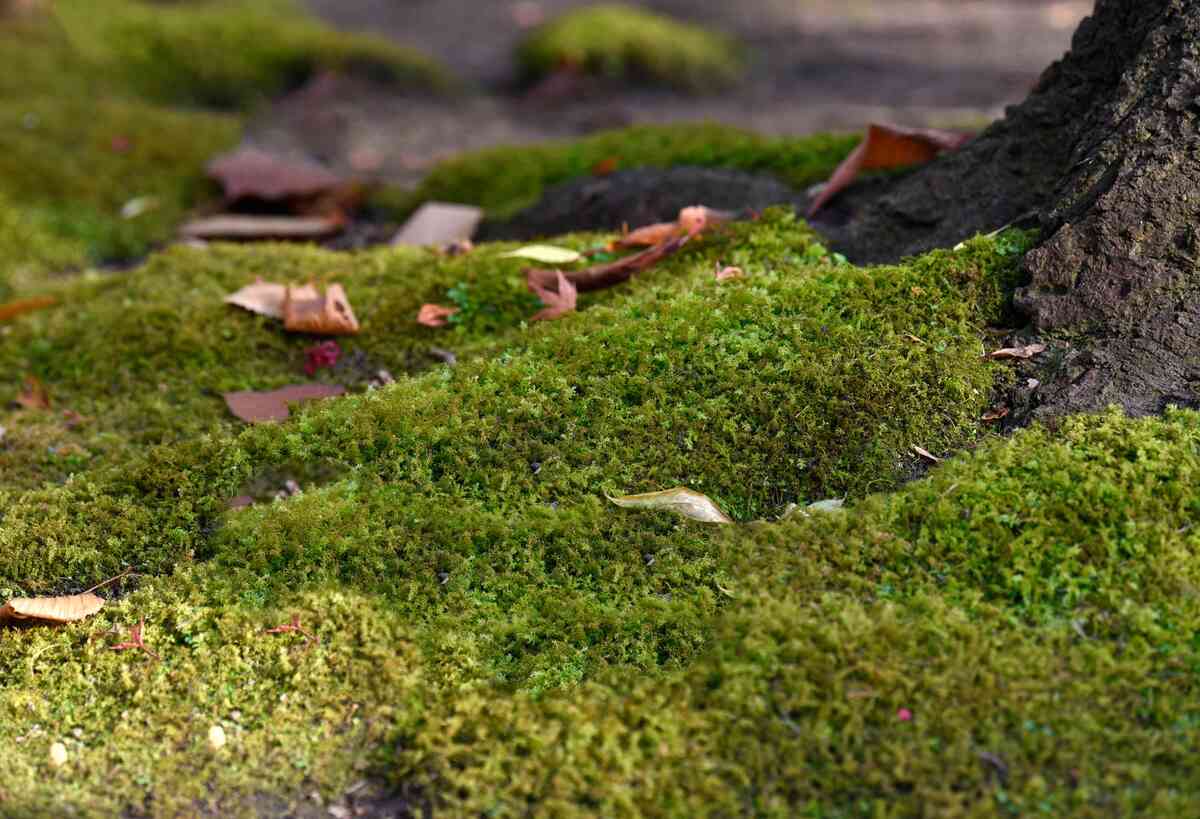
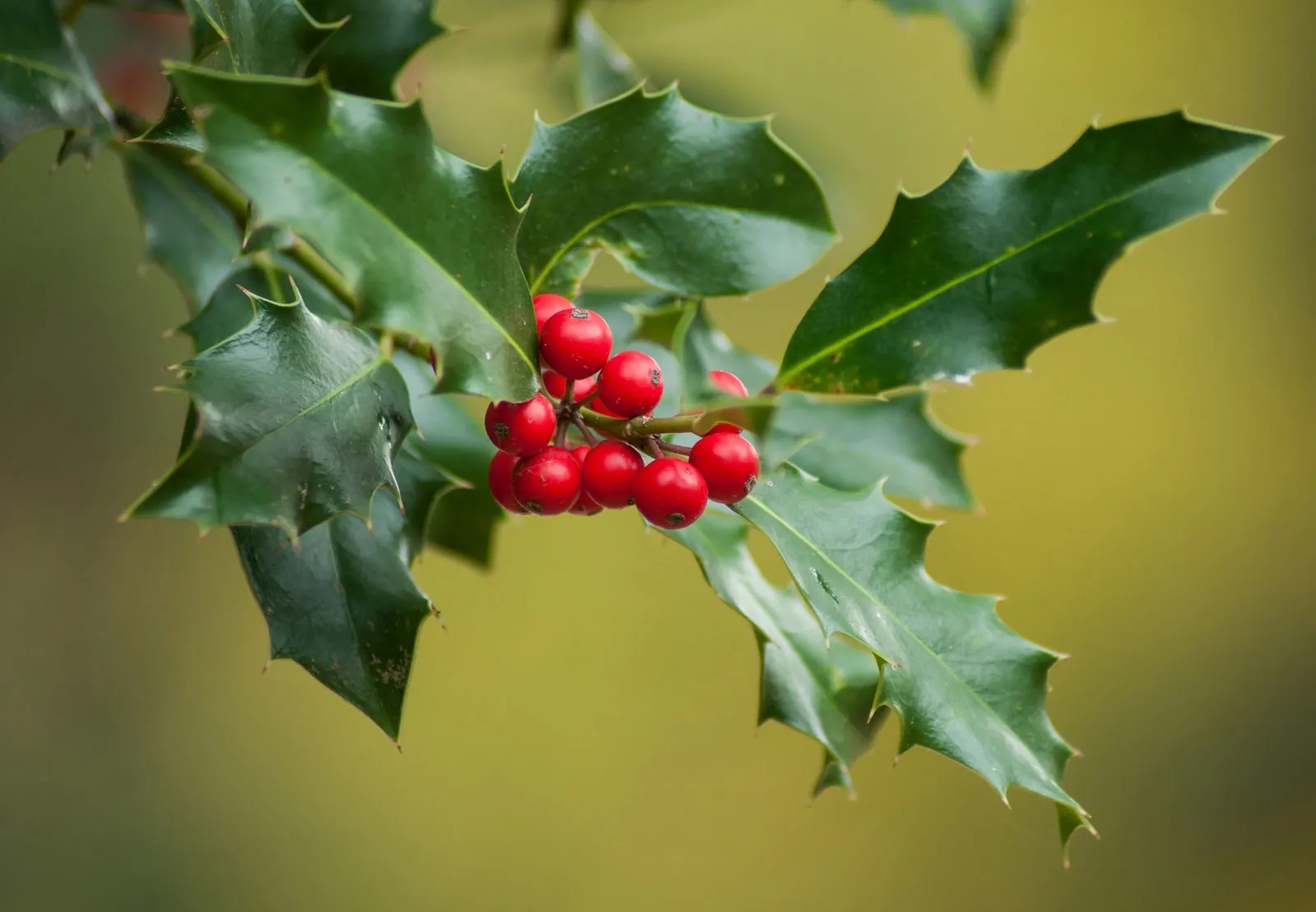
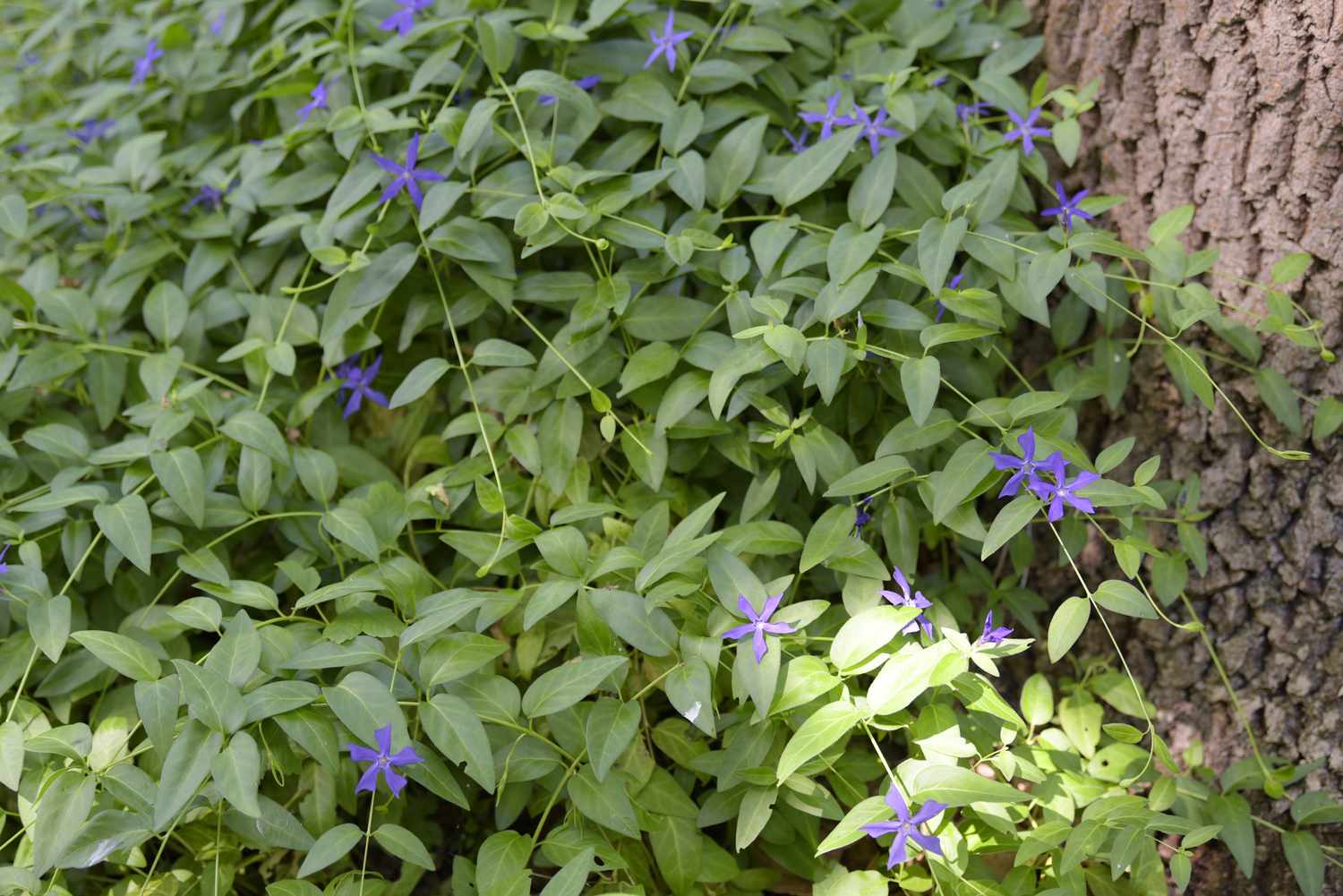
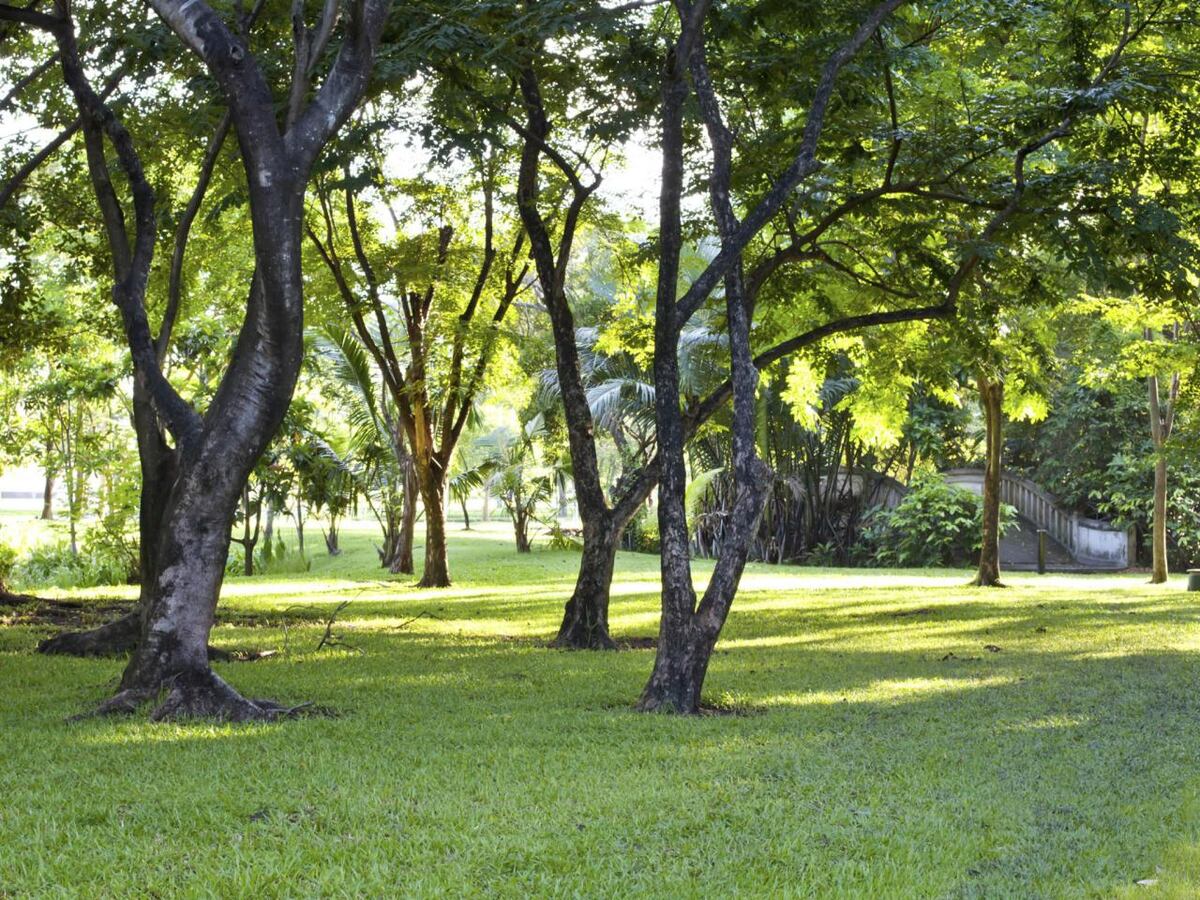
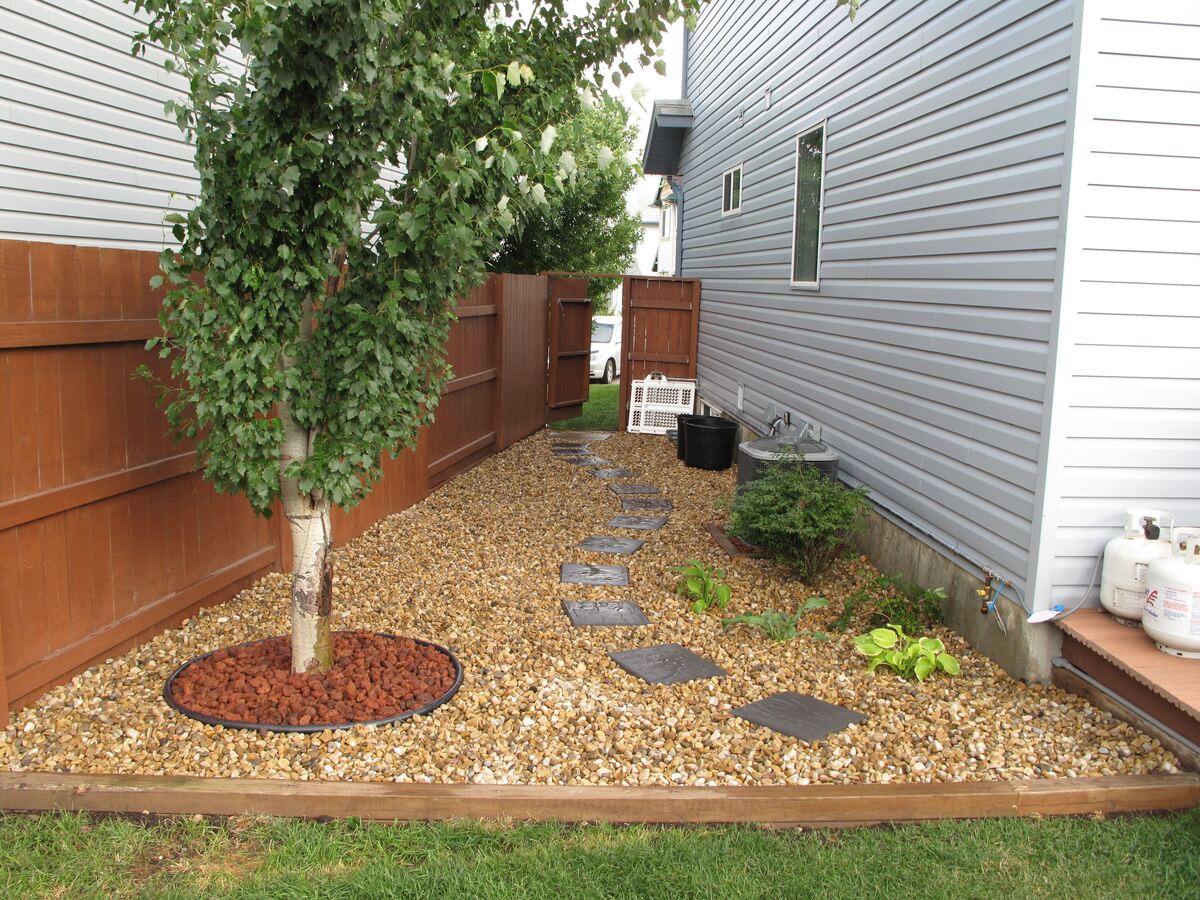
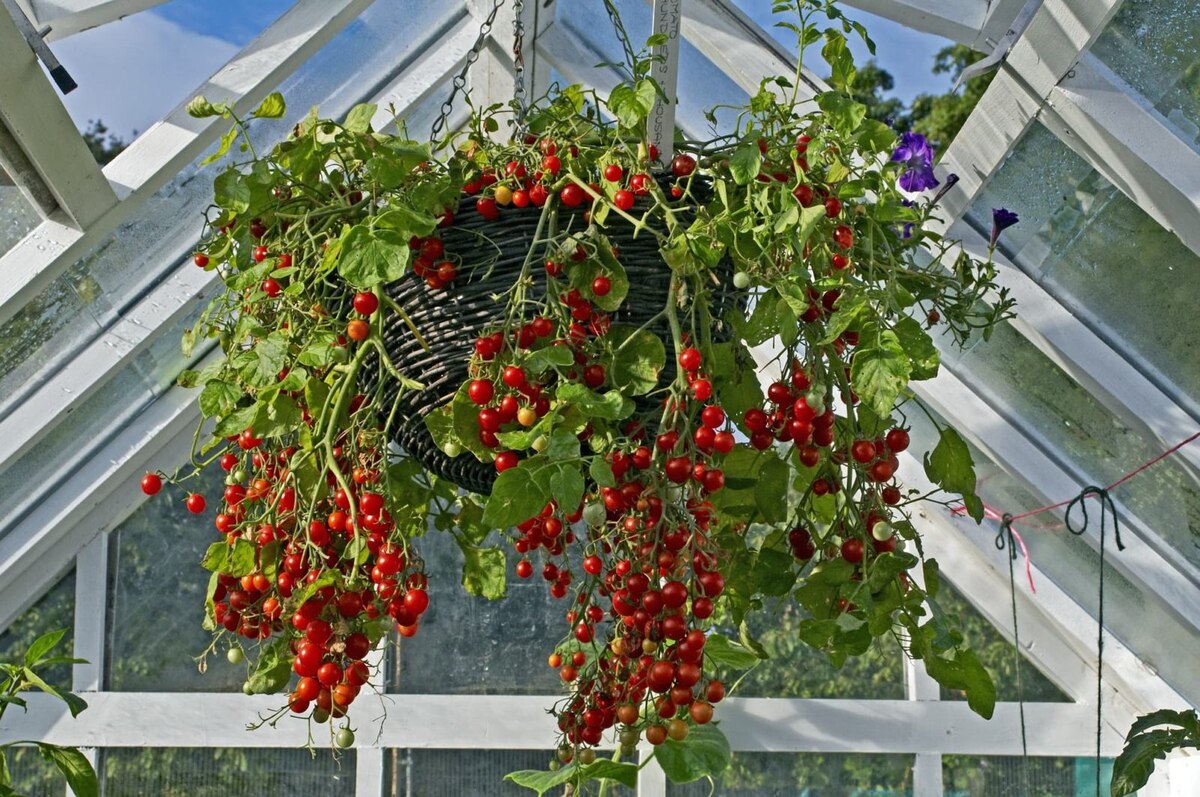
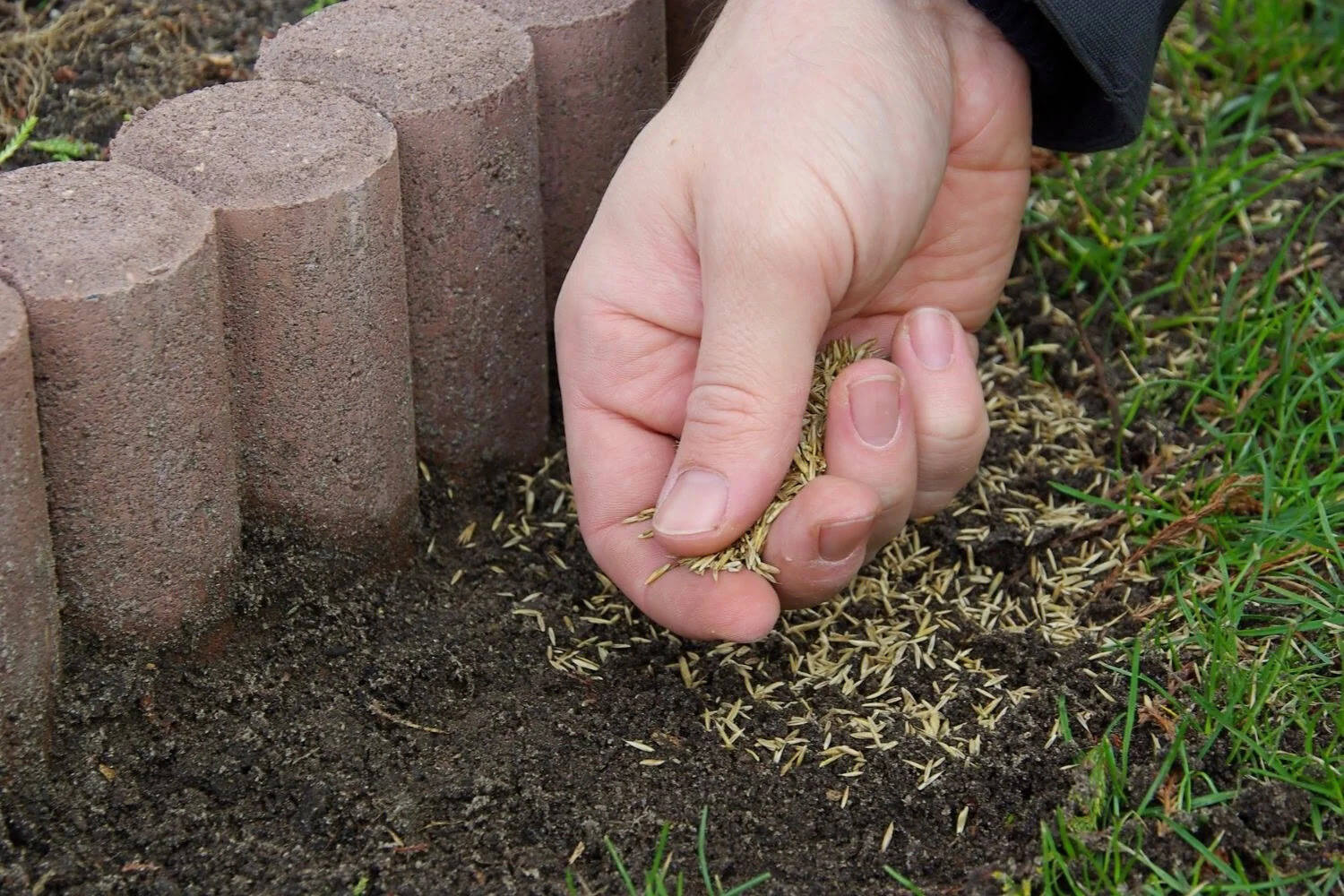

0 thoughts on “What Type Of Grass Grows Well In Shaded Areas”